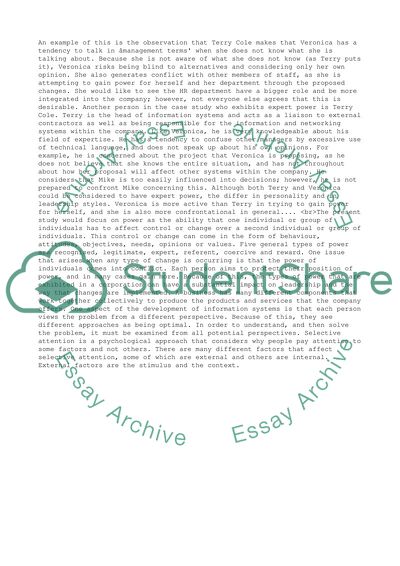Cite this document
(“Managing People ,Info & knowledge Assignment Example | Topics and Well Written Essays - 4000 words”, n.d.)
Retrieved from https://studentshare.org/management/1394505-managing-people-info-knowledge
Retrieved from https://studentshare.org/management/1394505-managing-people-info-knowledge
(Managing People ,Info & Knowledge Assignment Example | Topics and Well Written Essays - 4000 Words)
https://studentshare.org/management/1394505-managing-people-info-knowledge.
https://studentshare.org/management/1394505-managing-people-info-knowledge.
“Managing People ,Info & Knowledge Assignment Example | Topics and Well Written Essays - 4000 Words”, n.d. https://studentshare.org/management/1394505-managing-people-info-knowledge.


